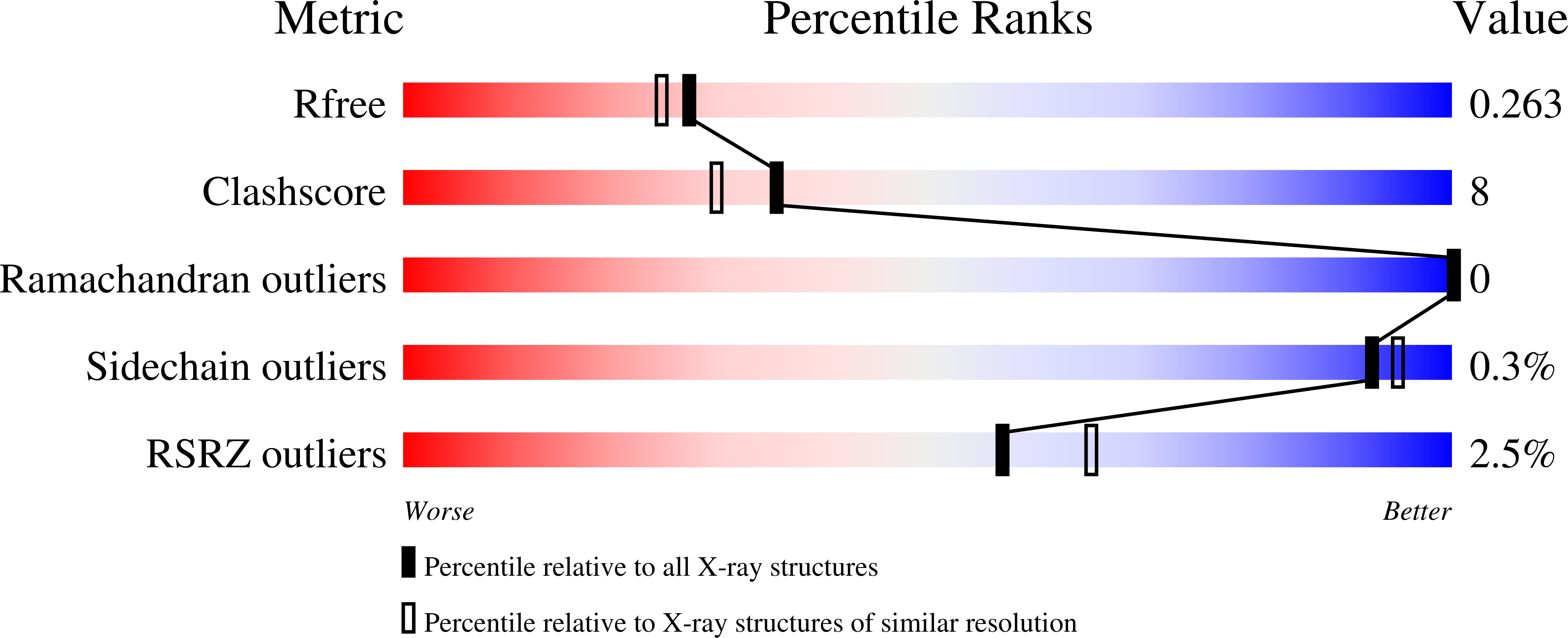
Deposition Date
2019-10-08
Release Date
2021-03-17
Last Version Date
2023-10-11
Method Details:
Experimental Method:
Resolution:
2.15 Å
R-Value Free:
0.25
R-Value Work:
0.20
R-Value Observed:
0.20
Space Group:
P 21 21 21


